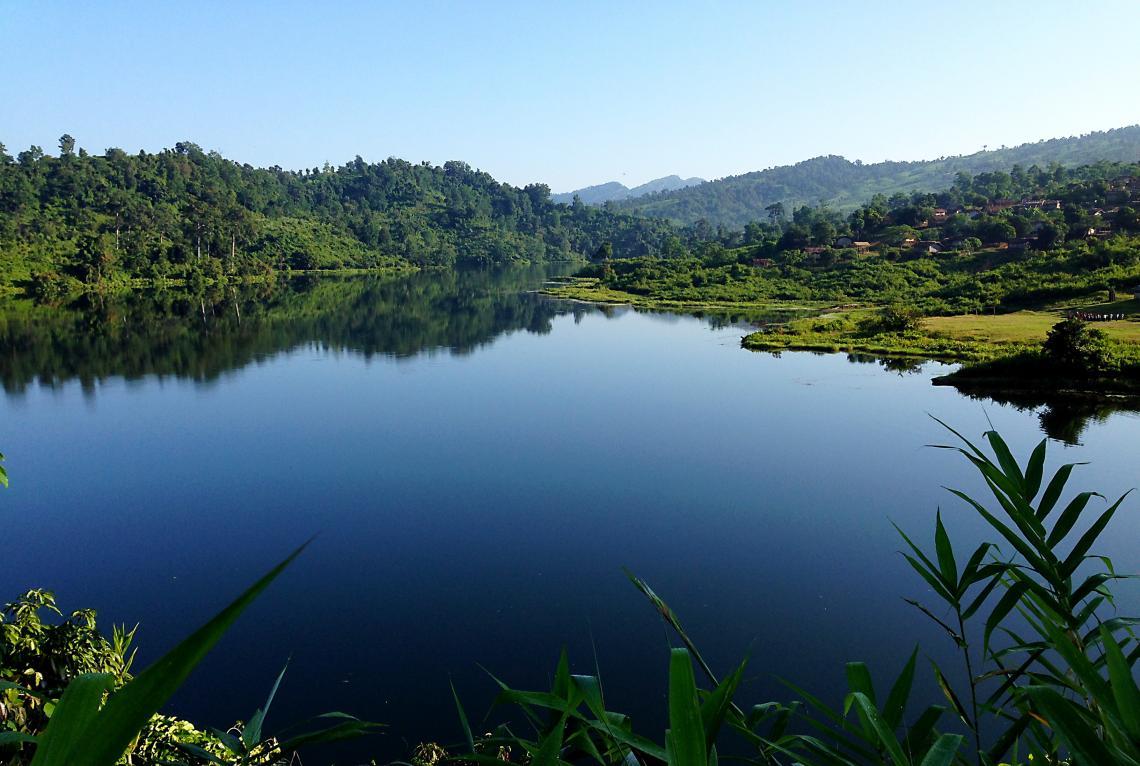
7. In Thy wind…in Thy light…How insignificant is everything else, how small we are… and how happy in that which alone is great
Small and large, near and far – they belong together. Who, then, am I? A gain of dust in the universe, a nothingness in front of the immensity of the mountains? Is it possible that I can be so little and yet something more?
Consider what health means to you. Is it to be free of pain when you wake in the morning? To have perfect blood sugar levels? To feel part of a whole, full of meaning, as you go walking at sunrise? Or perhaps something altogether different? Or, why not all of these?
We are often aware of experiencing health or ill-health but become constrained as soon as we try to put it into words.

Our language is limiting but we need to speak about health in some way. This is why the WHO lists eight different ideas of how to describe the experience of health. None of them defines exactly what health is but presents a different facet of what that experience it could mean to different people.
One of the WHO’s eight ideas is spiritual strength. Spiritual strength is about one’s personal experience of trust and wholeness within life. People have for all times used images and symbols to capture such fundamental perceptions.

The images are alive with meanings that seem different depending on the time and the individual. To one person, spiritual strength can be a rock in his or her existence. To another, the feelings that spark in encounters with other people. Or when trusting in something or someone greater that can carry you through even the most difficult of moments.
Health can of course also be seen as an end-product of complex chemical reactions but this, too, is only an image. As is the dream of perfect values of blood samples. Another, quite different image is to be swimming in a still lake on a summer morning. Or – why not, of having the strength to play with a grandchild, joining a football match or spending time with friends?

Spiritual strength as a way of experiencing health? The World Health Organisation never defines it exactly. And how could they? You alone can work out what it means in the context of your life.
